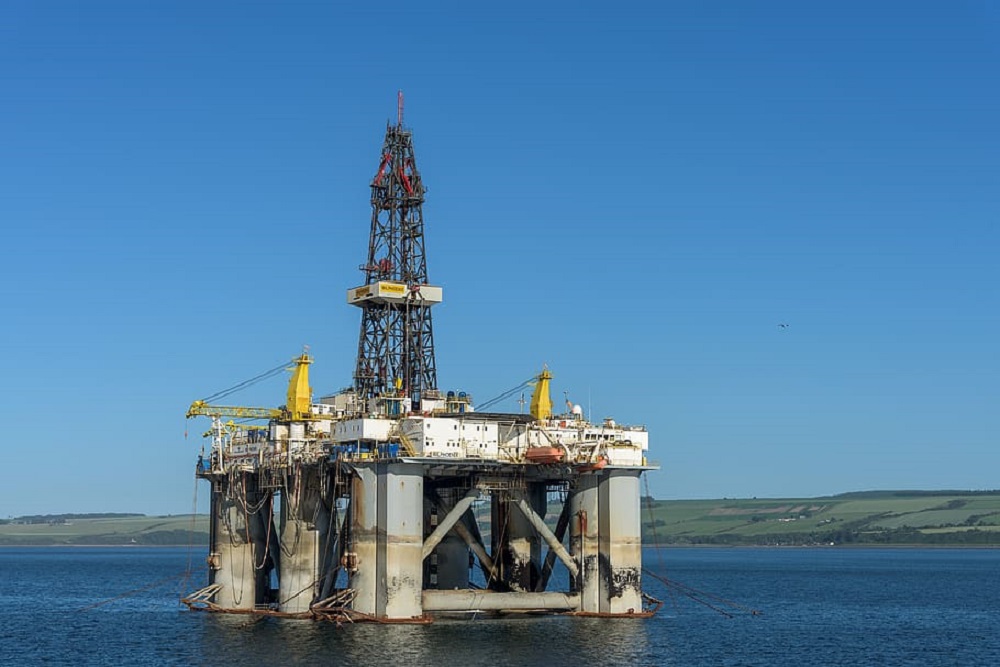

While energy production in the area has been down for years, tourism around Dinosaur has remained stable. Interstate 40 runs on an east-to-west trajectory south of Dinosaur National Monument and across the expansive Uinta Basin, creating a physical delineation between lands of intensive energy development to the south and lands more oriented toward grazing, wildlife habitat and recreation to the north.

The area seasonally dips into ozone nonattainment, annually exceeding federal health and environmental safety standards. Even at this distance, the cumulative emissions from energy development in the Uinta Basin can be detected on air quality monitors in the monument. Tens of thousands of oil and gas wells have been sunk here over the last century, with most of them densely packed 30 miles away from Dinosaur National Monument. The vast majority of energy development has been located south and west of the monument is the Uinta Basin: Utah’s largest oil and gas producing zone and the world’s largest known oil shale deposit. The drilling company has proposed using explosives to blast a new road on top of a narrow mesa that shares the monument’s western boundary. The drilling location is little more than a mile away from the world famous Carnegie Fossil Quarry, an internationally significant paleontological resource.

These are for Bureau of Land Management lands, in an area categorized as sensitive wildlife habitat with wilderness characteristics and visible from a large swath of Dinosaur’s western backcountry. I was surprised to see that late last month an operator submitted two new drilling applications to the Utah Commission on Oil, Gas and Mining for a set of wells located roughly 2,000 ft off the western boundary of Dinosaur National Monument. So why would we allow two exploratory gas wells to be drilled right next to the monument’s western boundary? As these impacts continue to be made clear, it is imperative that lands should be protected from future development. Oil and gas infrastructure overwhelms large swaths of land south of Dinosaur National Monument, impairing wildlife corridors, degrading air and water quality and contributing to the climate crisis. Dinosaur National Monument is more than a national icon, it’s like home. It’s among more than 400 other units of the National Park System, that for Americans, represent the places and the historic events that created who we are as a people, but also the places we can be most proud of. Emerging into the warmer days of spring, the irresistible urge to get outside and adventure always accompanies the budding leaves.įor me, the ideal destination is Dinosaur National Monument in northwest Colorado and northeast Utah.


 0 kommentar(er)
0 kommentar(er)
